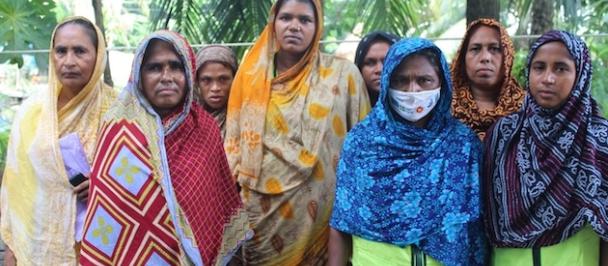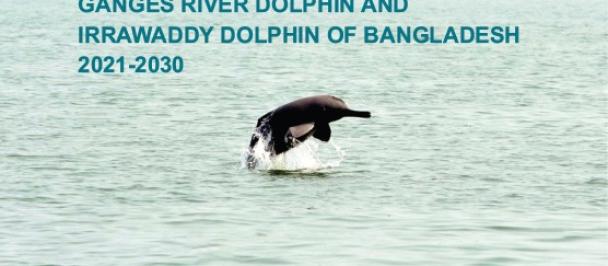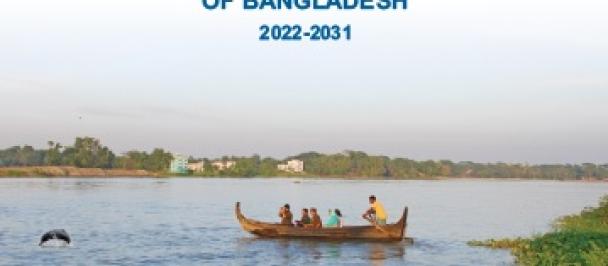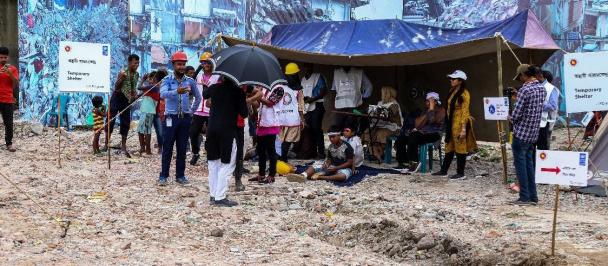Photo by Maria Orlova from Pexels
By Anir Chowdhury
The Blog was first published in The globalpolicyjournal Click here to read the original publication.
Ahead of COP26, Anir Chowdhury argues that others should not wait for developed nations to take historic steps to address climate change. Instead, they should turn to their own determination, innovation and technology partnerships.
"Flood control [in Bangladesh] must be our first duty," famously remarked Bangladesh's founding father Sheikh Mujibur Rahman, whilst inspecting the catastrophic flood disaster of 1974.
With the upcoming COP26 Climate Change conference in Scotland, the Bangladesh Water Development Board (BWDB) under the leadership of the Ministry of Water Resources and the a2i (national digitalisation programme) have teamed up with Google Flood Forecasting Initiative, to enhance flood forecasting and warning system to millions in remote parts of Bangladesh, world’s biggest flood-prone delta.
Bangladesh has kept its economic development dynamic by tackling multiple disasters at different times. Through a fast-paced and robust digitisation programme, Bangladesh is significantly modernising and in-turn contributing to the economic development of the nation. This has brought more dynamism to the disaster management system in the country.
By processing the BWDB’s existing 5-day flood forecasting data, Google uses Hydrologic and Hydraulic model and artificial intelligence to provide various types of forecasts and warnings through improved flood maps to the local community. The system works on an instantaneous basis, providing three days to three hours warning before the onset of floods. Massive data analysis and machine learning have significantly improved flood forecasting.
Using Google’s Android smartphone, users receive forecasts through 'push notifications'. Piloted during the height of the Covid-19 pandemic, the intelligent forecasting system sends warning messages through Google Maps and Google Feeds, about flood zones, including expected water level rise and fall, flood depth and intensity, safety advice with contact details for emergency services and supplies, and even harvesting advice.
There is ongoing collaboration with Google to further increase this forecasting or early warning time. The program was piloted in 2020 in 36 sub-districts of 14 districts along the Brahmaputra-Jamuna and Padma rivers bank. In 2020, 1 million smart notifications were sent to the people of flood-hit areas through 300,000 Android smartphones. During the monsoon season between 13th-31st August 2021, over 2.9 million notifications were sent to 1.5 million unique users, with a click through rate of 3.5%. To date, 2021 floods season in the Ganges rivers are included in the forecast, covering 55 districts and 99 sub-districts, totalling over 2.9 million sent notifications reaching 1.5 million smartphones.
However, relative to the population of Bangladesh, the number of Android phone users in remote areas is still low. To address this, there is ongoing discussion with mobile networks to find a way of sending predictions via text messages. Thankfully, toll-free Interactive Voice Response (IVR) is already available in Bangladesh. Moreover, disaster-related information at the national level is effectively reaching marginalised communities through System 1090 hotline for disaster warning in advance.
Under the proposed flood forecasting system, the names of the nearest shelters will be made available to local people through Google Map, and Google search. Through these improved flood forecasting and warning systems, more marginalised people and communities in remote areas can be reached and at the right time. These undoubtedly positive models for disaster management are supported by the CEO of Google, Sundar Pichai himself.
Such improved forecasts facilitate broader scopes like pre-emptive or anticipatory social safety net initiative to implement in near future. Research shows that cash transfers before peak flooding in Bangladesh not only provided immediate relief by protecting food security, but also enabled households prevent the loss of productive assets. Beneficiaries were less likely to borrow after the flood and borrowed less at lower rates. After three months, they had higher consumption, higher well-being and higher earning potential.
It would not be an overstatement to note that at a time of pressing need for action on climate change, countries that are at the receiving end of this, are successfully and effectively finding innovative solutions to compensate for the lack of meaningful and tangible actions by richer nations. Ahead of the COP26, rather than wait for developed nations to take historic steps to address climate change, Bangladesh stands out for its efforts in tackling the climate crisis through determination, innovation and technology partnerships.
Anir Chowdhury is the Policy Advisor of the a2i programme initiated by the Prime Ministers office and under the ICT Division and the Cabinet Division of the Government of Bangladesh which is supported by the UNDP. Chowdhury leads the formation of an innovation ecosystem in Bangladesh through massive technology deployment, extensive capacity development, integrated policy formulation, whole-of-government institutional reform, and an Innovation Fund.

 Locations
Locations




